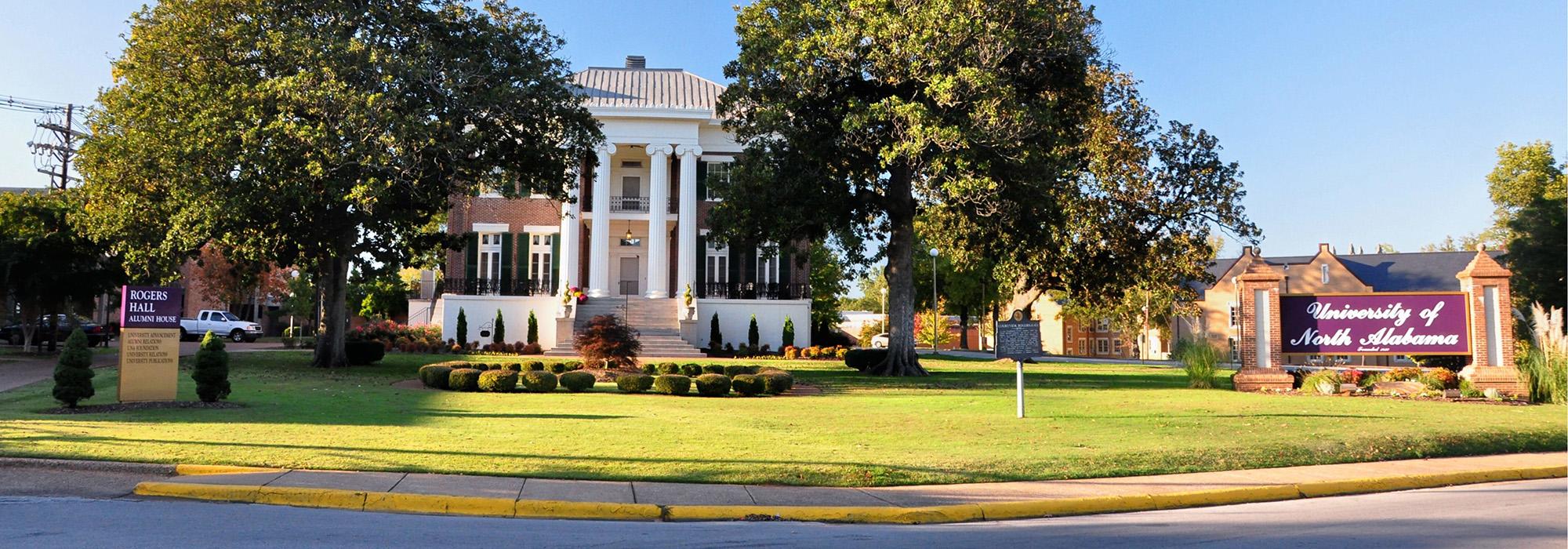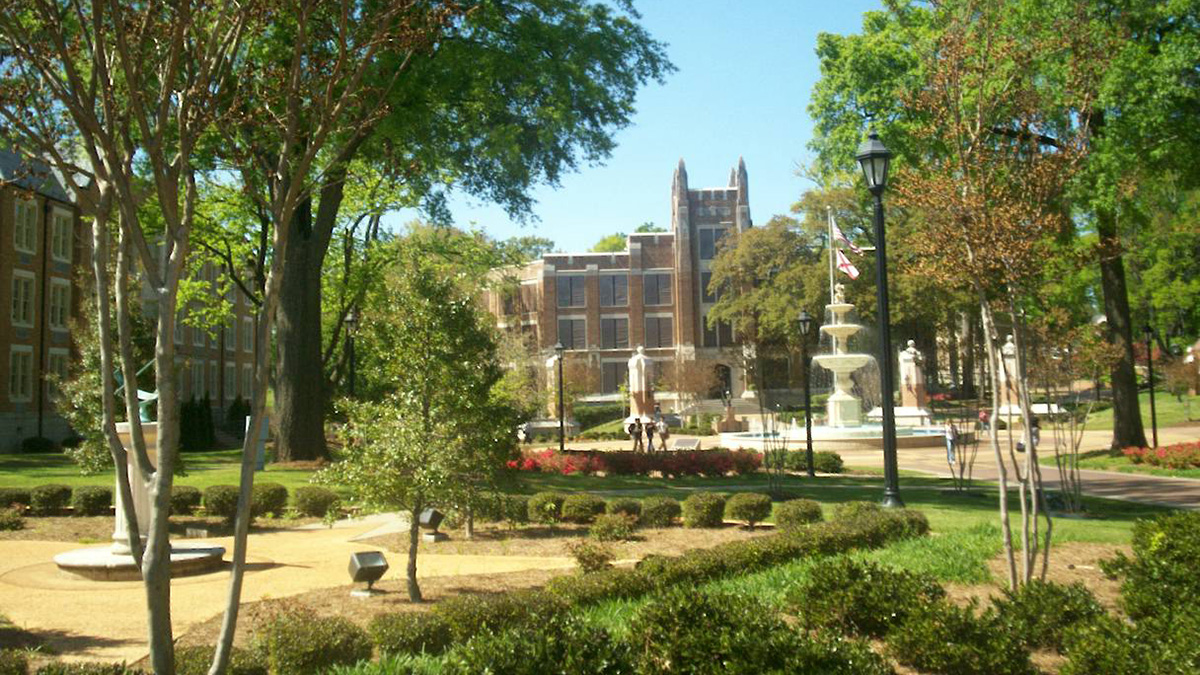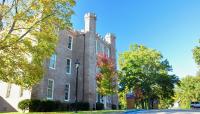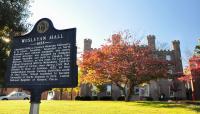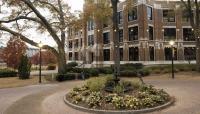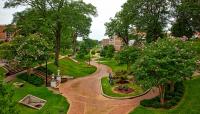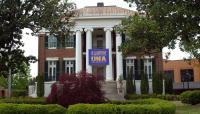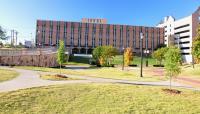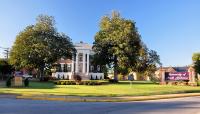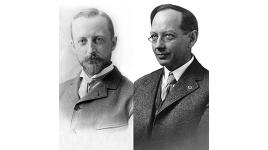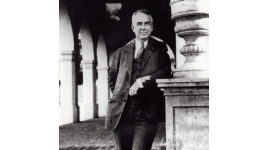Landscape Information
The oldest public university in the state, the founding of this institution dates to 1830 when it first opened as LaGrange College, a Methodist school open to all denominations. Deeded to the state in 1872, the college then became one of the first state-chartered normal schools, admitting women by 1874. In 1929 it became a state teachers' college with a four-year curriculum in secondary education.
The Olmsted Brothers firm was involved in campus planning on the 130 acres beginning in 1928 and continuing through the 1950s, producing nearly 200 plans in collaboration with Warren, Knight, and Davis.
The 1929 Olmsted General Plan of Campus gave coherence to a gently rolling site, which at the time was split into sections by two roads (Wesleyan Avenue and Morrison Road). At the junction, they designed a circular plaza faced by an angled academic building (Bibb Graves Hall, 1930), designed by the architects. To the north were the main academic buildings and a library surrounded by green space, where natural bowl-shaped topography became an amphitheater, dedicated in 1934 to World War I veterans.
The campus has grown substantially since this period, now encompassing more than 200 acres with major athletic facilities. Integrated in 1963, the school became the University of North Alabama in 1974. During the 1990s, the university embarked on a massive multidecade campus renovation to anticipate 10,000 students and numerous graduate programs. Reflecting Olmsted Brothers’ design, the historic core was retained as a pedestrian way, Wesleyan Avenue became an undulating brick path to evoke the nearby Tennessee River, and the plaza was enlivened by a fountain. Necessary new structures are accompanied by spacious lawns and tree-shaded walks, further respecting the Olmsted design intent. Abutting the Seminary–O’Neale National Register Historic District, the University’s current master plan tries to embrace its historical landscape and architectural context while adapting to a sustainable, diversified, yet coherent vision.



